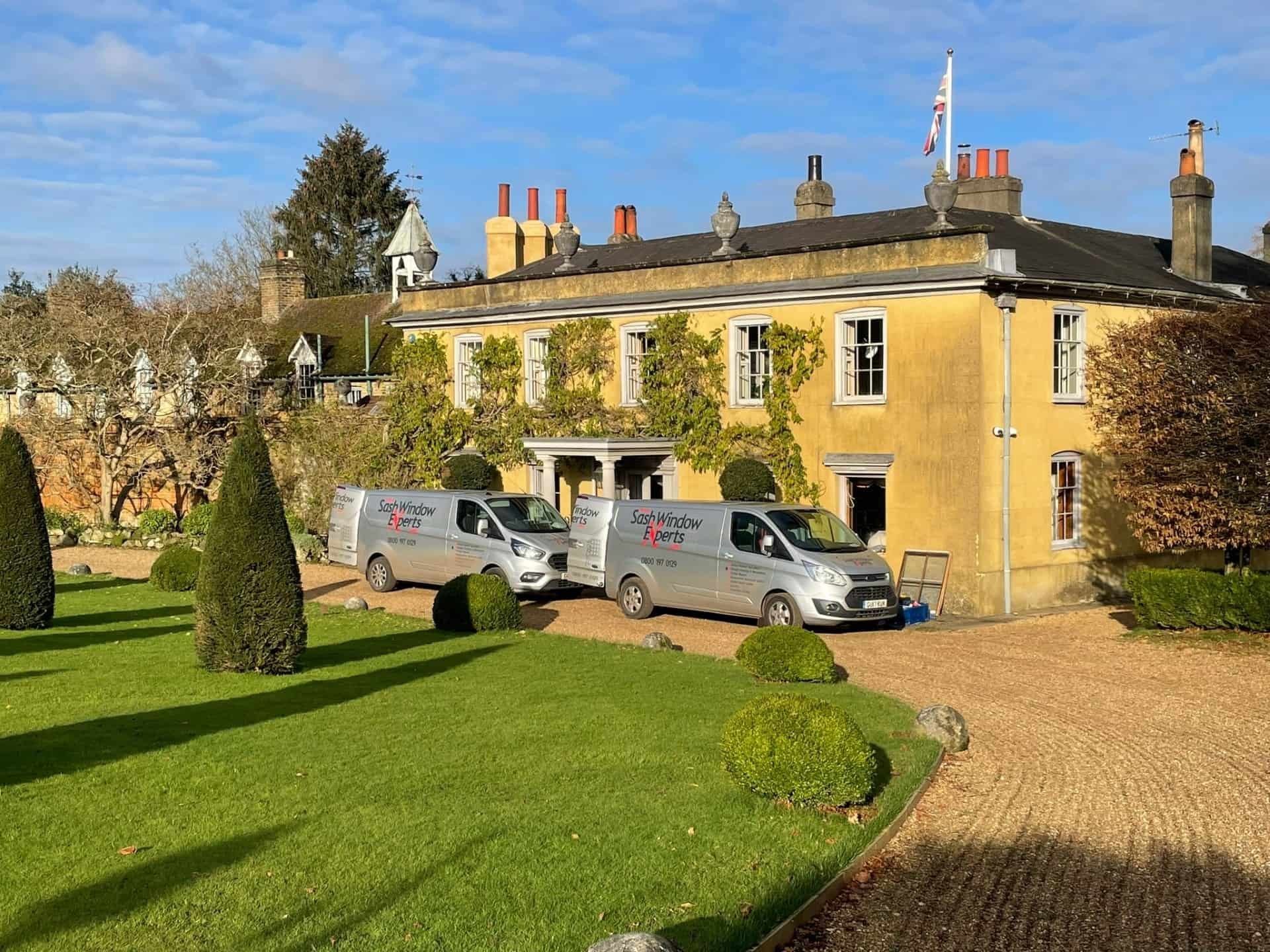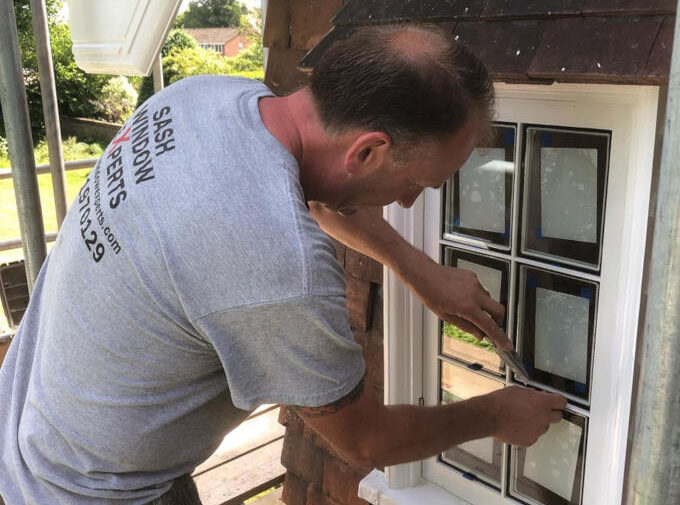

Coming from a carpentry and joinery background I soon found that I was most passionate about restoring and renovating old properties to their former glory rather than working with modern buildings. Sash Window Experts started to focus entirely on the preservation of period windows and doors and our small team of craftsmen working from our workshop take great pride in the exceptionally high quality of our work whether it be reproducing whole new box sash windows or renovating existing windows and doors.
We are a small family-run business and always aim to deliver very competitive prices for our quality work. Most of our work these days comes from word-of-mouth recommendations from existing happy clients and I would love to discuss your own requirements with you during our no-obligation appraisal of your windows.
Mark | Owner of Sash Window Experts
What Our Customers Say

Passion and experience
Sash Window Experts have over 30 years experience in the trade, and have restored, repaired and crafted hundreds of Sash Windows for homes across the South. Passionate about restoring rather than replacing Sash Windows, we have mastered several skills and creative techniques that are imperative to restoring your windows whilst also improving functionality.
Expert craftsmanship
Our team of experts have years of experience in repairing, restoring and renewing sash windows. Attention to detail is crucial, and every design or solution ensures to replicate the architecture and period features of the building, ensuring a flawless finish.


A reliable and specialist team
Working with a small and skilled team, Sash Windows Experts offer an honest, reliable and specialist service. If you are looking to get a quote for repairing your sash windows or would like to know if they could be saved rather than replaced, please get in contact – we’d love to offer you a free survey with no obligation.
Let's bring your windows back to life
To find out how we can help bring all the classic period features of your homes’ sash windows back to life as well as repair them to prevent draughts and noise ingress. Contact our small team of highly skilled craftsmen on 0800 197 0129 or fill out the form on our contact page and we’ll get back to you as soon as possible.
44 Reviews
Arrange a No Obligation Survey With Mark
Hi, I’m Mark, owner of Sash Window Experts. I’d love to talk to you about restoring period windows. Please fill out the form or call me on 01403 602701 to arrange your FREE no obligation window survey and to discuss your requirements.



